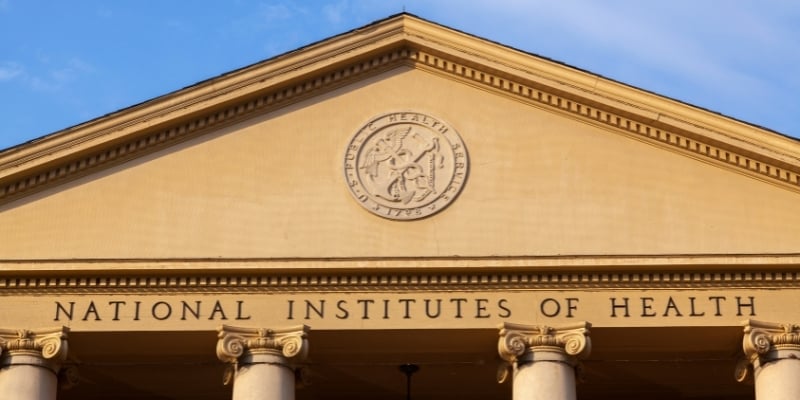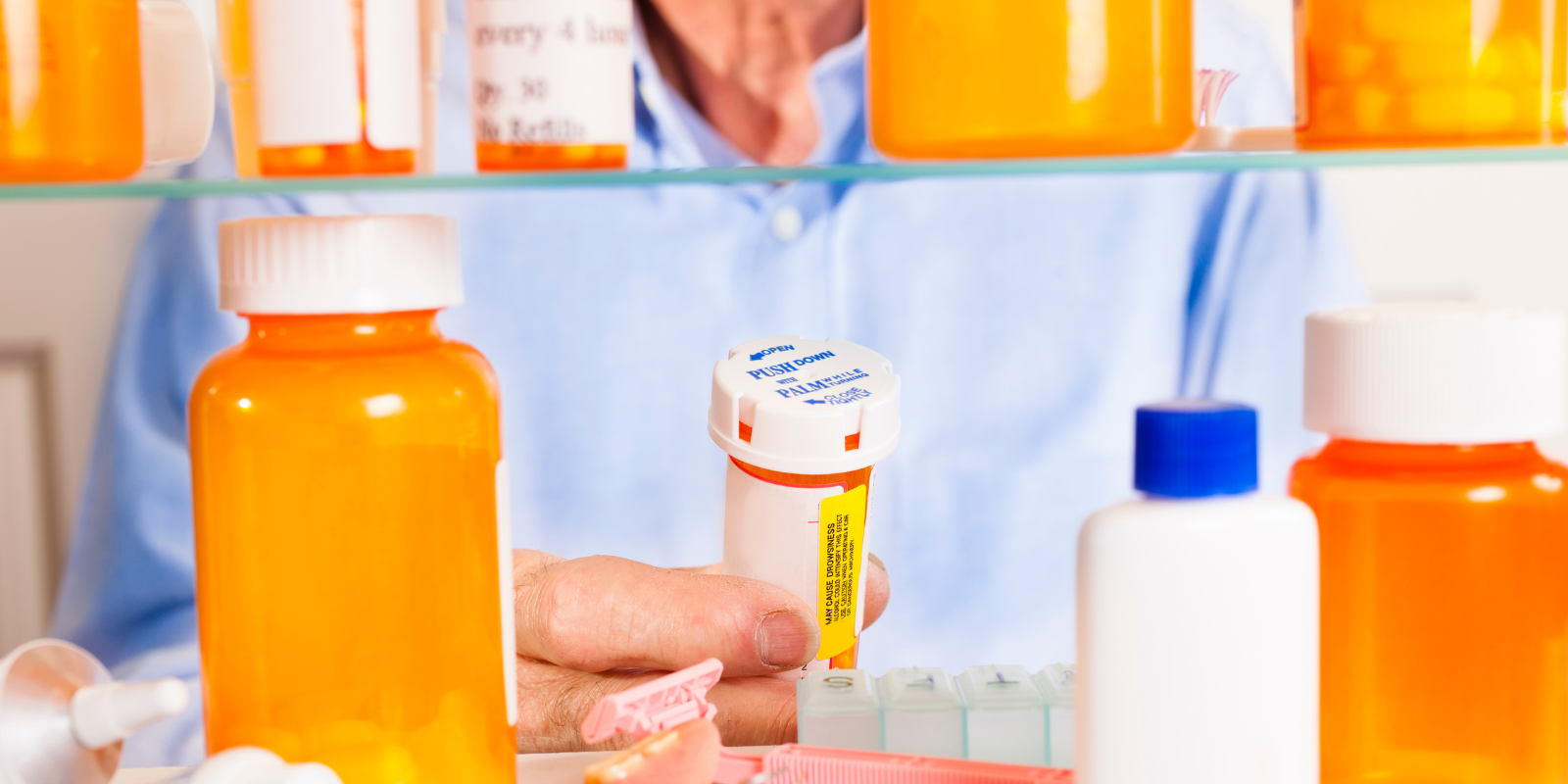If one goes in search of a stark public health problem, it’s difficult to avoid rates of hypertension in the Black community. The disease threatens all groups, but the percentage of Black adults with high blood pressure (at 59%) is by far the highest. In the relatively healthier state of Colorado, the incidence of high blood pressure among Blacks is much lower (at 34%), but it is still the highest by far among all groups in the state.
The consequences of uncontrolled hypertension are enormous – increased risk of stroke and cardiovascular disease, and widespread damage to blood vessels and organs – but the treatments, including exercise, diet, smoking cessation, and medications, are straightforward and available. That raises the question: how to alert more Black people to the importance of managing blood pressure? Nearly a dozen years ago, the nonprofit Colorado Black Health Collaborative (CBHC) decided that meeting and talking to people in a familiar environment was the best approach. They launched the Black Barbershop and Salon Health Outreach Program. With the cooperation of owners, the program sends volunteers into local shops in Denver and Aurora to meet customers and answer their questions; offer educational materials about high blood pressure; point out risk factors, like smoking, stress, inactivity, and diet; provide free blood pressure screenings; and offer free blood pressure cuffs and instructions for those with high blood pressure readings.
The volunteers, including students from the Colorado School of Public Health as well as clinical providers and community members, also encourage people to connect with primary care providers, such as Inner City Health, a Federally Qualified Health Center in northeast Denver that is a referral source for the program.
An opportunity for public health students to connect with the community
Johnny Williams, an MPH graduate and DrPH candidate with ColoradoSPH, got involved with the barbershop and salon program in 2018 at the advisement of Cerise Hunt, PhD, MSW, the school’s associate dean for Equity, Diversity & Inclusion and director of its Center for Public Health Practice, and co-founder of CBHC. Williams presented key details about the initiative in a poster presentation at the 2023 ColoradoSPH Research Exchange in October.
One key finding included in his presentation: volunteers screened just under 950 individuals in barbershops and salons between mid-October 2021 and late March 2022. Of those, 20% had readings of 140/90, which is indicative of stage 2 hypertension. The volunteers encouraged those individuals to see a primary care physician for further evaluation.
Williams grew up in a food desert in Oklahoma, which he said spurred him to pursue training in nutrition and later in sociology. He worked as an intern on the water safety crisis in Flint, Michigan, an experience that he said honed an interest in equity-based projects that focus on improving the health and quality of life for underserved people.
“The Black Barbershop and Salon outreach program was just a great opportunity for me to use the skills I had in nutrition, since hypertension is really related to diet and physiology,” Williams said. Going into the shops, meeting people on their own terms, and hearing their stories also meshed with his interest in sociology, he said.
“You have to understand the lived experience of a person,” Williams said. “I saw all the system barriers and realized that sometimes it’s not really a person’s fault that they have a bad health outcome. Sometimes it’s the environment around them that pushes them to that outcome.”
Broad reach for a public health message
To date, the Black Barbershop and Salon Health Outreach Program has conducted nearly 10,000 screenings since it began in 2012, said Dr. Terri Richardson, a retired internal medicine specialist who co-founded the CBHC in 2008. The program began with a single shop; 14 now participate, many of them on the stretch of East Colfax Avenue between York and Dayton streets, Richardson said.
She credited the success to the barbershop and salon owners and operators who have championed the program and communicated its importance to their clientele. In turn, volunteers come into the shops to listen unobtrusively, not to press information about healthy habits on customers, Richardson stressed.
“We don’t have the shops alter anything,” she said. “It’s their space and we meet people where they are. They tell us stuff and we respond,” she said.
For example, Williams said, a person who has a blood pressure reading higher than 120/80 might not be aware of “nuances when it comes to diet and stress” that could affect it. He recalled as a volunteer listening to people who were unaware they had consumed caffeine or sugar – both of which can elevate blood pressure – hidden in products like Red Bull and Cinnamon Toast Crunch.
Not everyone is receptive to volunteers’ messages, Williams added. “Sometimes the last thing you need is another problem,” Williams said. “We always reassure them that it’s okay if you don’t want your blood pressure measured. We give them educational materials about hypertension and then hope that when they are ready they will come back and have it measured.”
Spreading the word about the “silent killer”
Over the years, many individuals have admitted they haven’t had their blood pressure checked or are unsure what the numbers mean, Richardson said. Often people protest that they feel fine, even when they are told their blood pressure is high, sometimes dangerously so, she added.
“We say, ‘that’s why they call high blood pressure the silent killer,’” Richardson said. “You don’t necessarily have any symptoms but the pressure is still working on your blood vessels, and it can cause other problems. The more we are in the shops, the more people are appreciative.”
On at least one occasion, a shop patron told the volunteers that catching their high blood pressure saved their life, Williams noted in his poster presentation.
Hunt said that much of the success of the program can be credited to the reputation of barbershops and salons as “trusted resources” in the community.
“The initiative is an example of ways to deliver culturally responsive health and wellness education,” she said. “I also appreciate the aspect that through this health education, health resources are made available to members of the community, enhancing access to preventative care.”
Uncomfortable conversations about hypertension rates in the Black Community
The thorny question raised by the barbershop and salon project is why Black people experience such disproportionately high rates of hypertension. Richardson noted that many factors affect risk for people generally: too much salt, too little activity, smoking, obesity, and alcohol consumption. Men in particular are generally reluctant to see a physician. People’s job responsibilities and financial pressures may be another hindrance.
But Richardson also pointed to the stress imposed by a legacy of slavery that made Black people “property and expendable” and contributes to this day, in her view, to the pressure of being Black in America.
“Racism has created a perpetual state of stress for Black people,” Richardson said. “Socioeconomic status is tied into that, as are social determinants of health.” The result: “built-in poverty” that impedes the ability of many Blacks to maintain the healthy lifestyles necessary to manage blood pressure, she said. Hunt added that a general mistrust of healthcare providers in the Black community also contributes to the problem. She attributes this to bias and lack of attentiveness to Black patients in the healthcare system as a whole. A lack of Black providers also contributes to the problem, she said.
“There are assumptions made about members of the Black community, which create barriers to access of care,” Hunt said. “We are hoping through the barbershop initiative to connect people to providers who are culturally responsive.” Richardson added that the program also tries to give clients ways to advocate for themselves when they access the healthcare system.
For his part, Williams said he plans to continue to focus his public health care career on helping to achieve health equity by probing problems like the effects of hypertension on the Black community and finding practical ways to address them.
“At the end of the day, we have to ask these questions to understand where the knowledge gaps are so we can truly make change,” he concluded.
CU Anschutz
Fitzsimons Building
13001 East 17th Place
3rd Floor
Mail Stop B119
Aurora, CO 80045



-Dec-19-2023-10-57-32-3465-PM.jpg)


